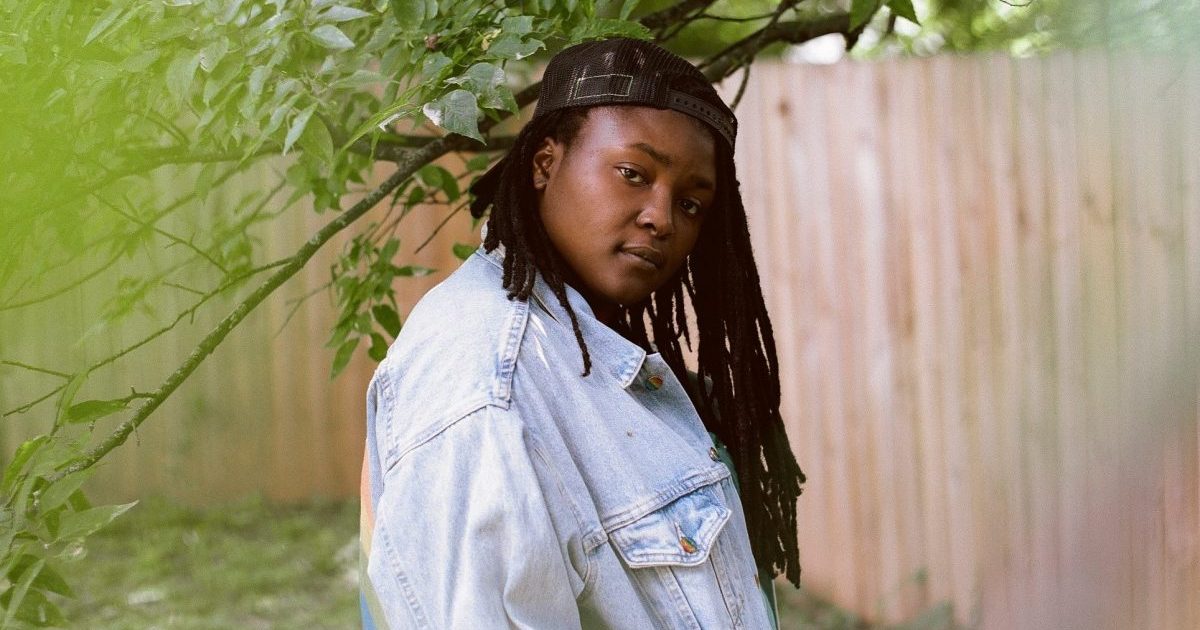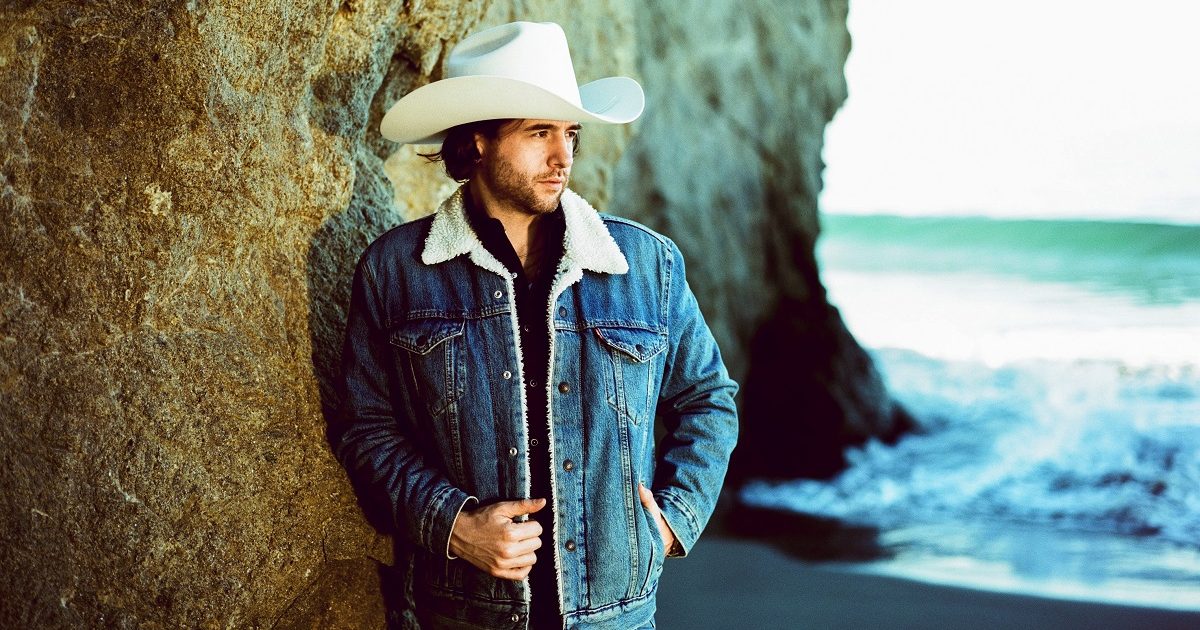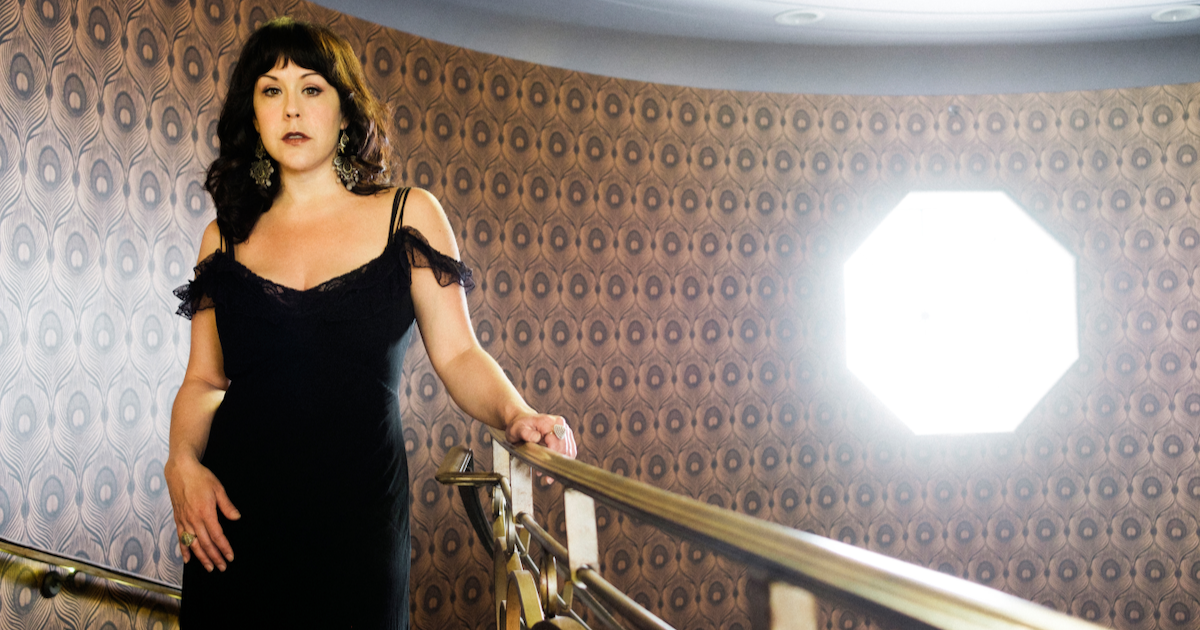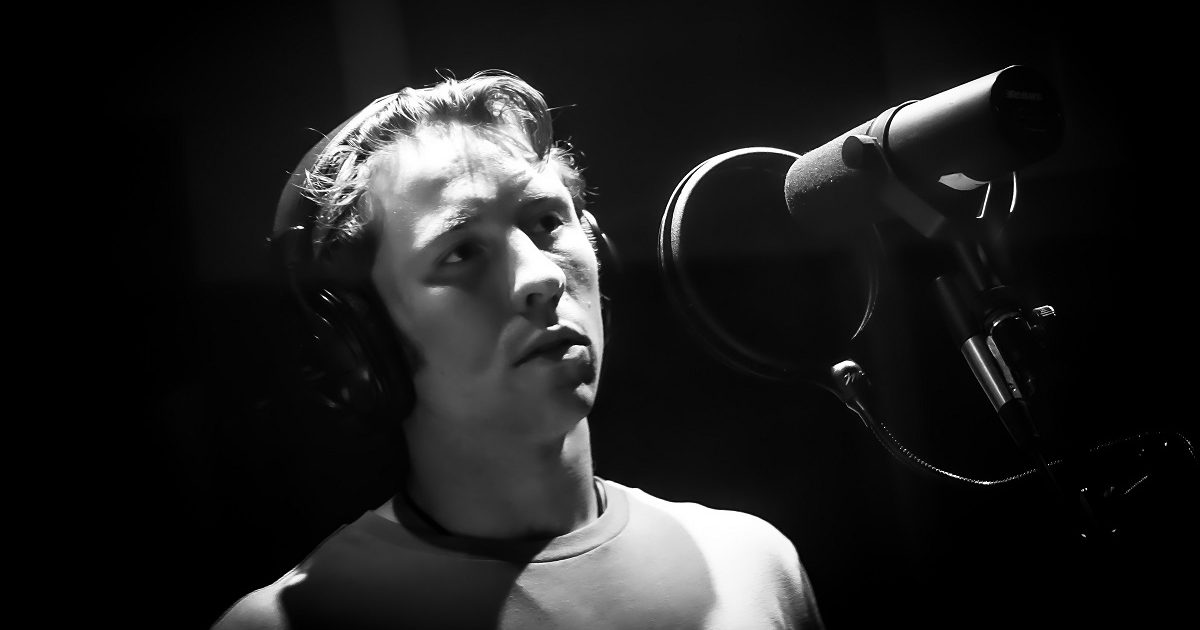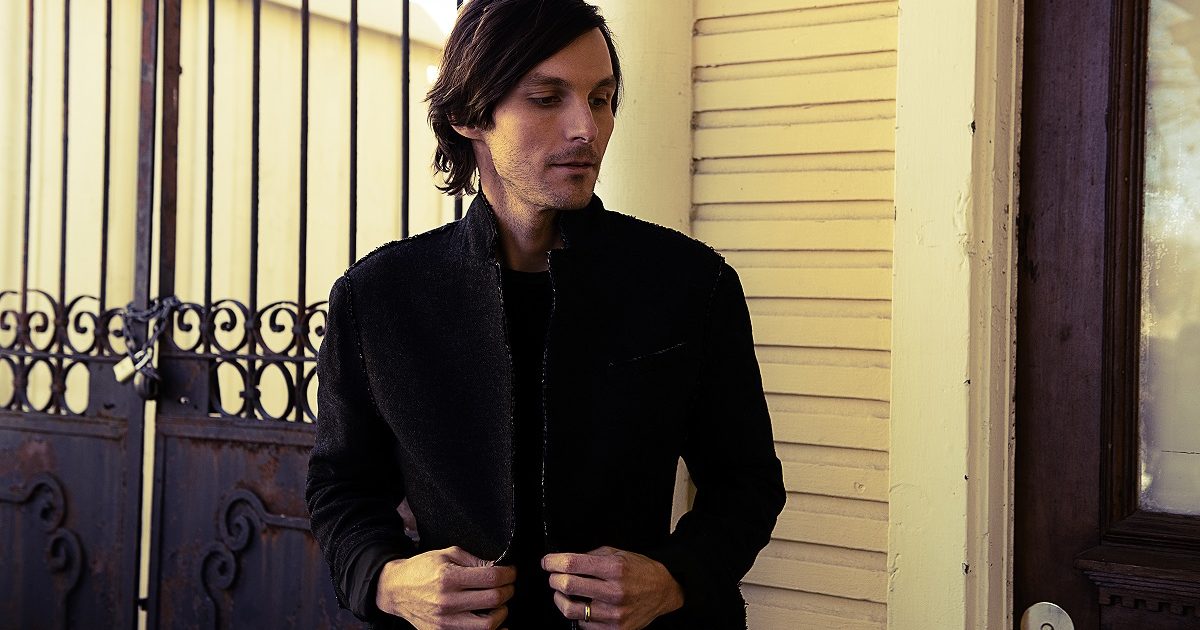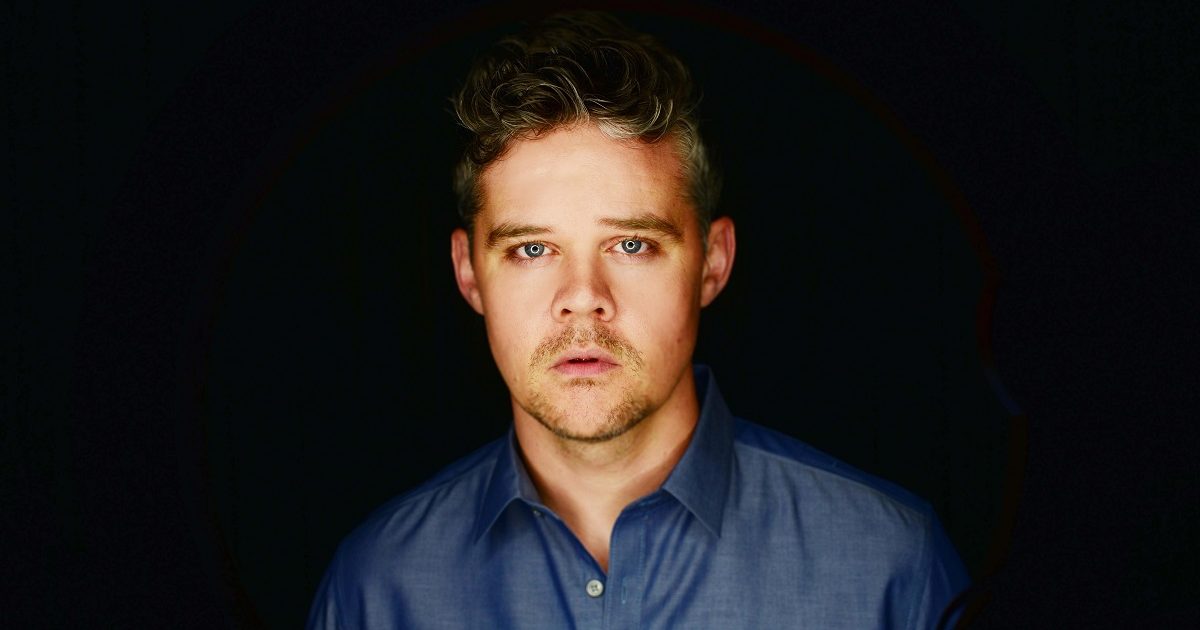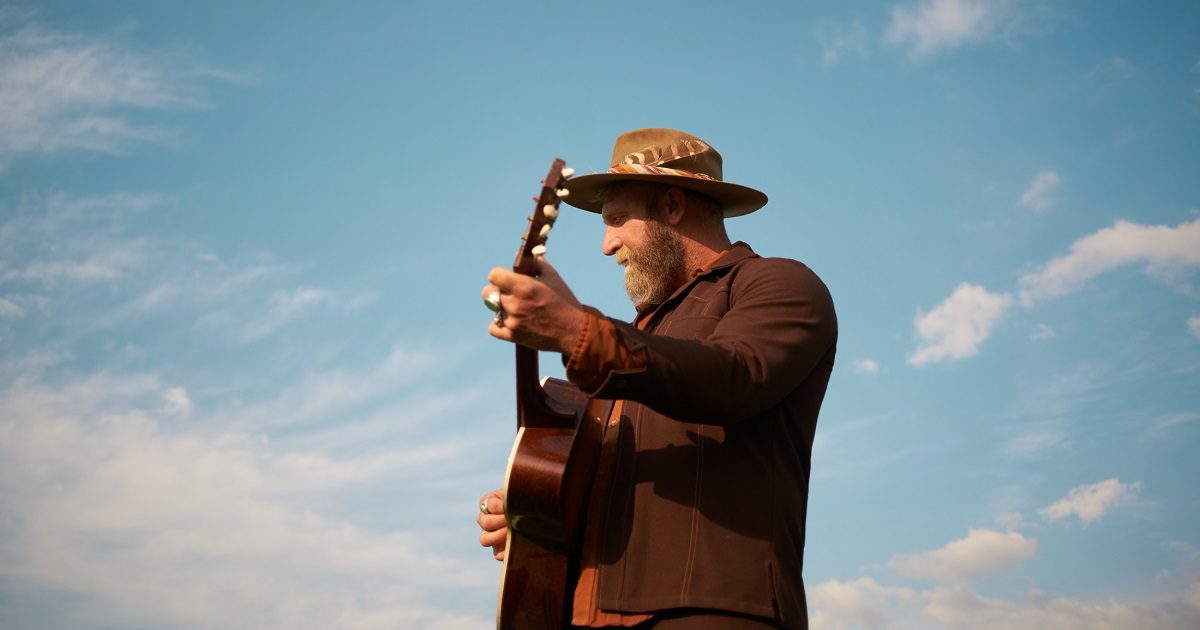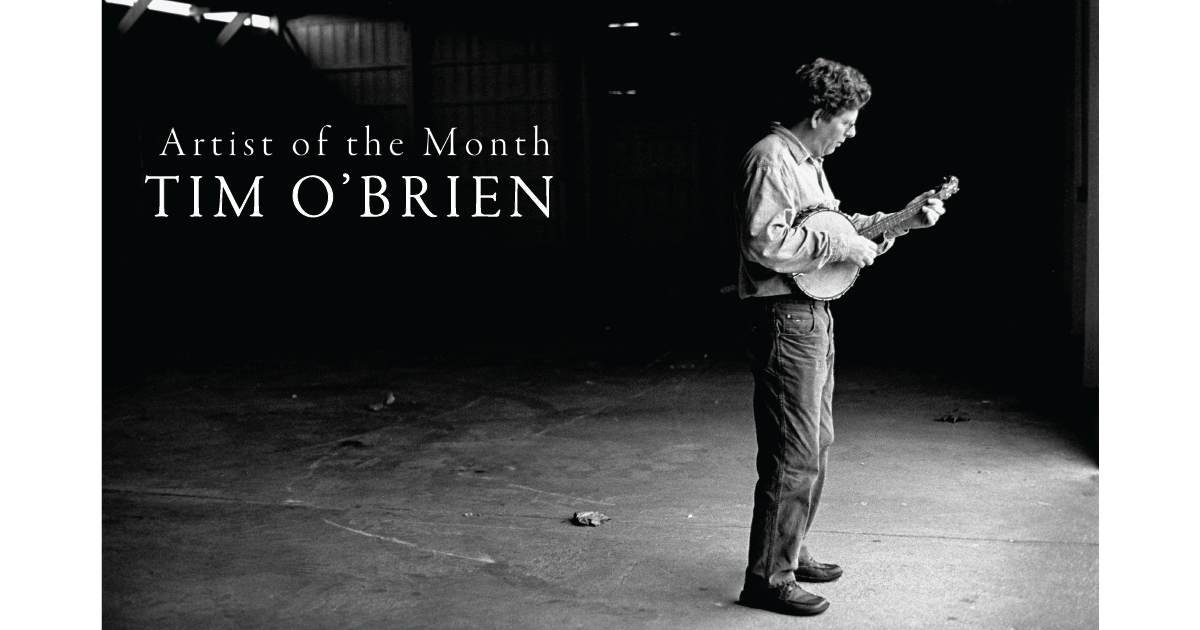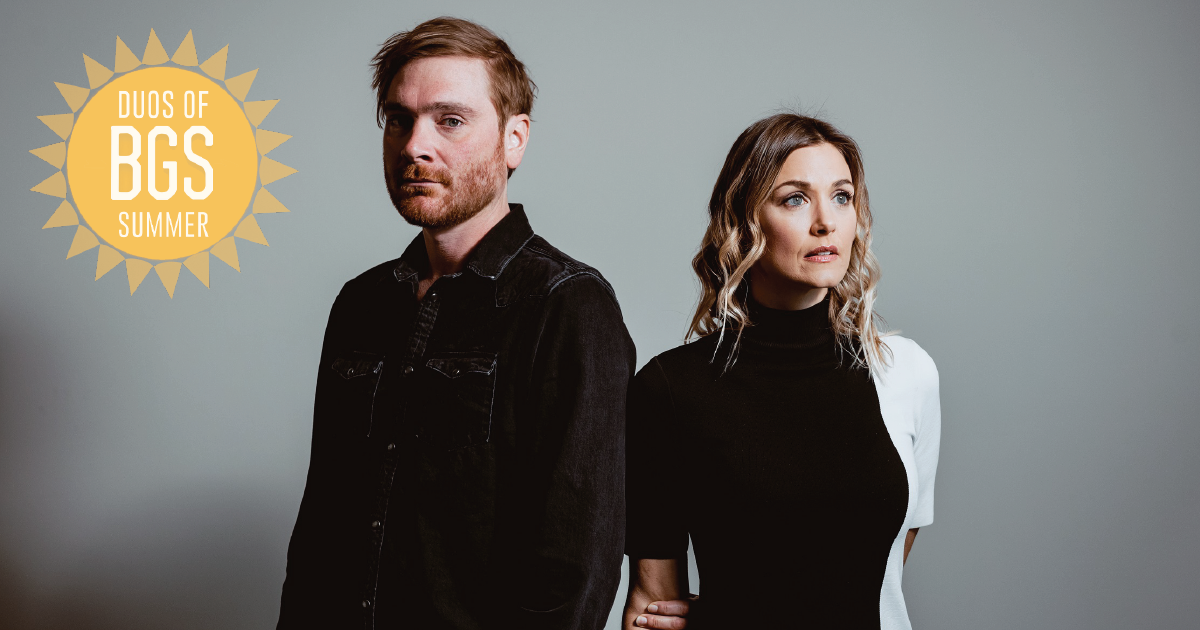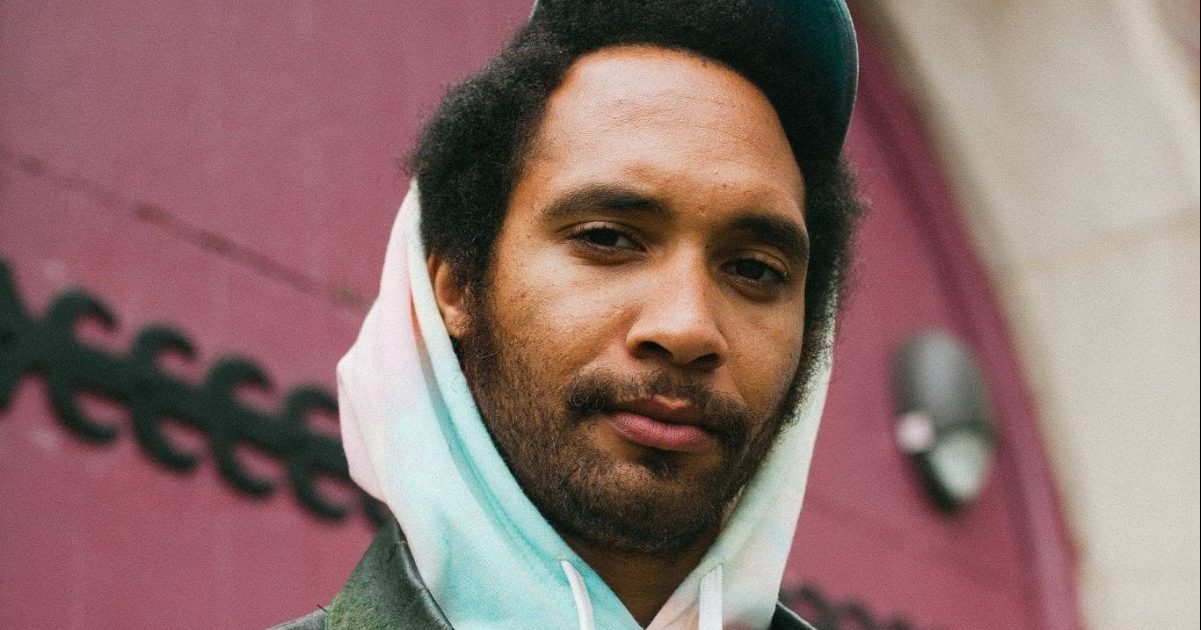Artist: Gabe Dixon
Hometown: Nashville, Tennessee
Latest Album: Lay It On Me
What was the first moment that you knew you wanted to be a musician?
I think I was 11. I already loved music and had been taking piano lessons for a few years, but that summer, I went with my parents to see a music festival in downtown Nashville, and I watched a set by Béla Fleck & The Flecktones — the original group, with Béla, Victor Wooten, Future Man, and Howard Levy. Until then, I had no idea that people could be that good at playing their instruments. They were so virtuosic and fun, and the crowd loved it so much. Later that evening, I remember standing in the front yard of our house in Sylvan Park, looking up at the sky and thinking, “I want to be a musician when I grow up.”
What rituals do you have, either in the studio or before a show?
I’m not a very religious person, but before I go on stage, I always take a moment to be grateful and to ask God to work through me so that something bigger than me — love, joy, goodness, light — will shine through me and into the hearts and minds of the people I’m playing for. Sometimes I do that in the studio too. But the stakes feel higher in a live setting, so I’m looking for all the help I can get!
What’s the toughest time you ever had writing a song?
For a handful of years, I was a “staff writer” at a publishing company, and the most difficult songwriting sessions were the “blind date” country sessions they set up for me — you walk in the room, meet the other person, and your job is to write a song for “the country market.” Often you’re just hoping some big country star will cut it, and you’ll make some money, and they almost never do. Those sessions often became an exercise in putting limitations on what I wrote in hopes that it would be what some generic country singer would like. I often heard, “That line makes him sound like a wimp. Jason Aldean would never sing that.” Or, “We can’t put that chord in there, it’s too fancy-sounding.” Some people are really good at that kind of writing, but for me it was pretty soul-crushing. The only songs of mine that country artists ever ended up wanting to record were ones that I wrote for my own albums. So I mostly just write for myself now.
How often do you hide behind a character in a song or use “you” when it’s actually “me”?
It happens more than I mean for it to. The classic writing advice is to “write what you know,” but, to a certain extent you can’t help it. Even when you are trying to write from someone else’s perspective. I did this with my song “All Will Be Well,” “All Will Be Well/even after all the promises you’ve broken to yourself” and also with “Flow Like Wine.” “Why the furrow upon your brow / I see beauty between the lines / oh love, don’t you worry about our love / Let love flow like wine” were written for my wife, but when I really examine it, I realize I was probably writing to myself too.
If you had to write a mission statement for your career, what would it be?
Bring forth compassion, love, and peace through music.
Photo credit: Shervin Lainez
